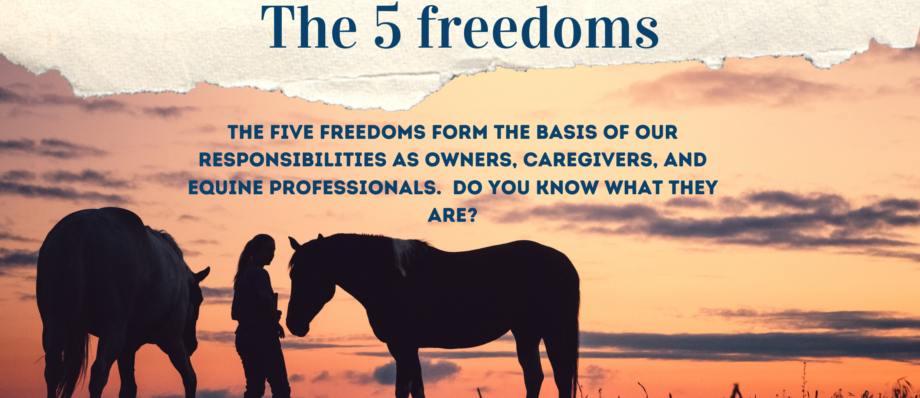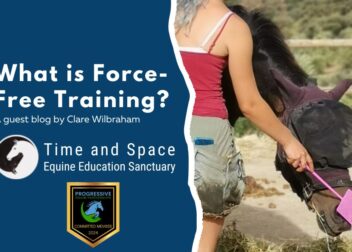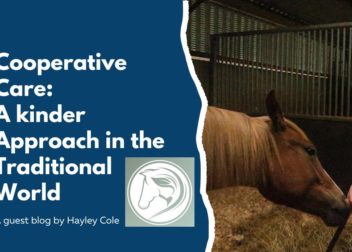The 5 freedoms
The 5 freedoms was the first widely accepted evidence-based framework to capture the key aspects of animal welfare in one model.
The concept of the internationally recognised Five Freedoms originated with the 1965 UK Brambell report. The Five Freedoms were later expanded upon by the Farm Animal Welfare Council (FAWC) and represents the welfare of an animal in both its physical and mental state.
These codes have been formally recognised by the World Organisation for Animal Health (OIE).
1. Freedom from Hunger and Thirst – by ready access to fresh water and a diet to maintain full health and vigour.
2. Freedom from Discomfort / Environmental stress – by providing an appropriate environment including shelter and a comfortable resting area.
3. Freedom from Pain, Injury, or Disease – by prevention through rapid diagnosis and treatment.
4. Freedom to Express Normal Behaviour – by providing sufficient space, proper facilities and company of the animal’s own kind.
5. Freedom from Fear and Distress – by ensuring conditions and treatment which avoid mental suffering.
Today the Five Freedoms form the basis of our responsibilities as owners, caregivers, and equine professionals.
Lets take a closer look at each of the freedoms and explore your thoughts:
Freedom from hunger and thirst

This is a freedom most would agree to be a welfare issue. If you see an extremely skinny horse with no access to water you would report it, try to help, rescue etc. There would be no doubt in the mind of most people that the horse is not being cared for properly and that the first of the 5 freedoms was not being met.
Horses have evolved as trickle feeders, designed to be chewing/occupied by feed for a large portion of their day (16-18 hours). Their digestive systems are primarily designed to digest fibre and, therefore, forage (hay/haylage/grass) should represent the majority of their diet.
Ideally domesticated horses should have free access to fibre to allow them to eat for at least 16 hours per day and they should always have clean drinking water.
Freedom from environmental stress
This freedom relates to the provision of an appropriate environment including shelter and a comfortable resting area. Environmental stress can be caused by not having access to shelter or shade, something the horse would naturally seek if available to him.
Freedom from environmental stress doesn’t just mean we need to provide for the horse. We must also be aware of his needs as a different species from our own.
Its common for horses to be over rugged by well meaning humans who feel the cold and assume the horse must also be cold. This is not always the case and excessive (well meaning) rugging of the horse can cause him to overheat.
Freedom from pain, injury and disease
As owners or carers f equines we must make sure all reasonable steps are taken to prevent ill-health and seek prompt veterinary care in the event of illness or injury.
A preventative health care plan should be implemented which should include worming and vaccinations. A vet will be able to discuss an appropriate worming and vaccination plan for the horse. To help prevent injuries, ensure that stabling and fencing is regularly inspected and any problems are repaired.
Freedom to express normal behaviour

The freedom to express normal behaviour is about providing the horse with an environment that allows for behaviour that promotes their well-being. To accomplish this the horse should have access to sufficient space, proper facilities, and company of their own kind.
Chronic frustration from isolation, lack of social contact, lack of environmental enrichment and/or lack of stimulation can result in abnormal or stereotypic behaviours (‘stereotypies’).
The horses environment should be as natural as possible by ensuring they have at least one friend to interact with and a field to run around in for at least some of the day with enough space to move in all gaits.
Freedom from fear and distress
Fear and distress is sadly one of the first things a domestic horse will encounter. Often weened early and abruptly at around the age of 6 months causing a great amount of distress to the young horse who would otherwise be weened gradually at a much later stage.
Because most training methods use positive punishment there is little respect for this freedom in the equine world. To improve equine welfare it’s necessary for the horse owner to educate themselves on learning theory in order to practice more humane ways to handle, train and ride.
Think about your horse or a horse you know, are you satisfied that each of the 5 freedoms are sufficiently met?
This article is an extract taken from our online course ‘the practice of mindful horsemanship’. Learn more about the practice of mindful horsemanship here – https://progressiveequinepartnerships.com/mindful-horsemanship/
Click on a course below to find our more about the courses we offer.



